Now steel pipes are everywhere in our lives, but how to choose the right steel pipes for our use? Steel pipes are widely used and have many types. Steel pipes can be divided into two categories according to production methods: seamless steel pipes and welded steel pipes. Welded steel pipes are referred to as welded pipes for short. According to the production method, seamless steel pipes can be divided into: hot-rolled seamless steel pipes, cold-drawn seamless steel pipes, cold-rolled precision seamless steel pipes, hot-expanded pipes, cold-spinned pipes, and extruded pipes. Seamless steel pipes are made of high-quality carbon steel or alloy steel, and are divided into hot-rolled and cold-rolled (drawn).
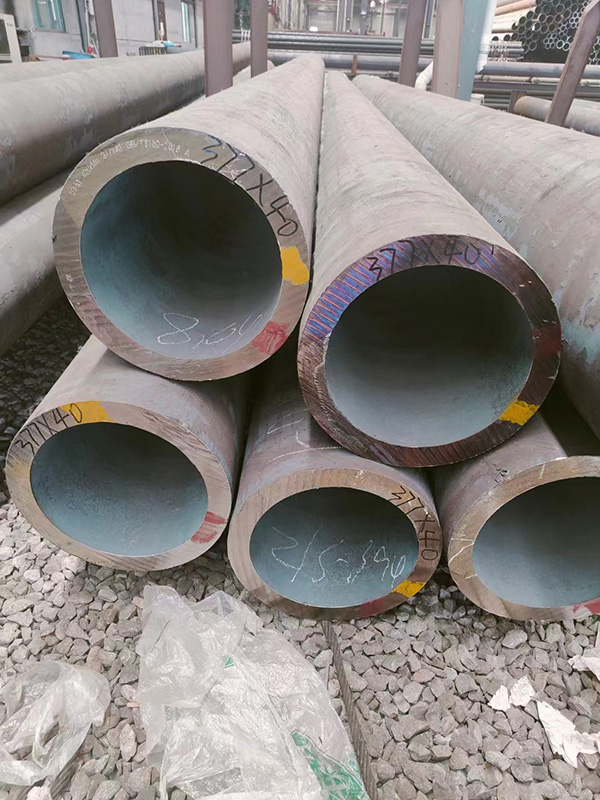
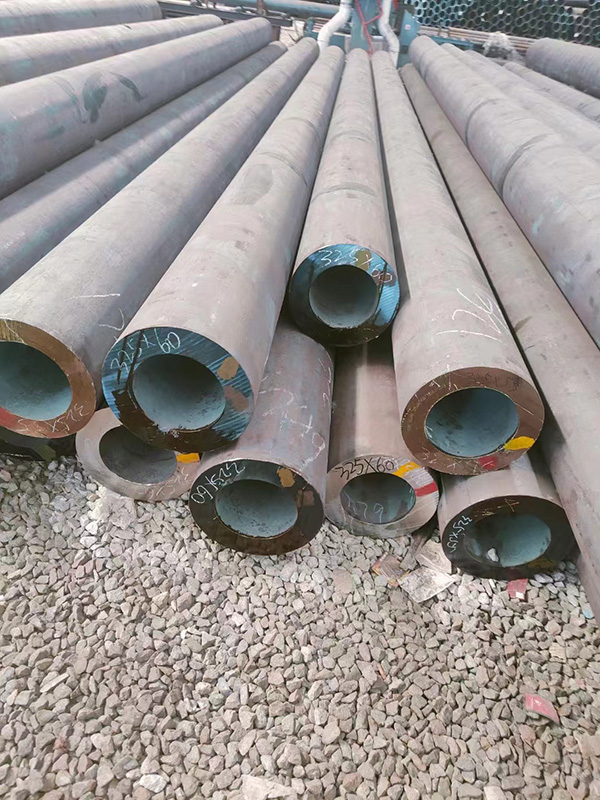
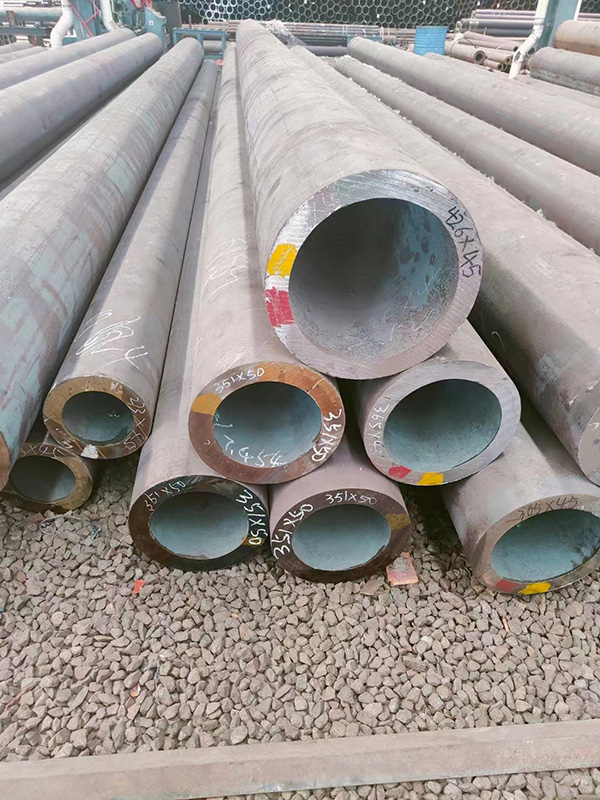
Welded steel pipes are divided into furnace welded pipes, electric welding (resistance welding) pipes and automatic arc welded pipes because of their different welding processes. They are divided into straight seam welded pipes and spiral welded pipes because of their different welding forms. Shaped welded pipe and special-shaped (square, flat, etc.) welded pipe. Welded steel pipes are made of rolled steel plates with butt or spiral seams. In terms of manufacturing methods, they are further divided into welded steel pipes for low-pressure fluid transportation, spiral seam electric welded steel pipes, direct coiled welded steel pipes, and electric welded pipes. Seamless steel pipes can be used for liquid pneumatic pipelines and gas pipelines in various industries. Welded pipes can be used for water pipes, gas pipes, heating pipes, electrical pipes, etc.
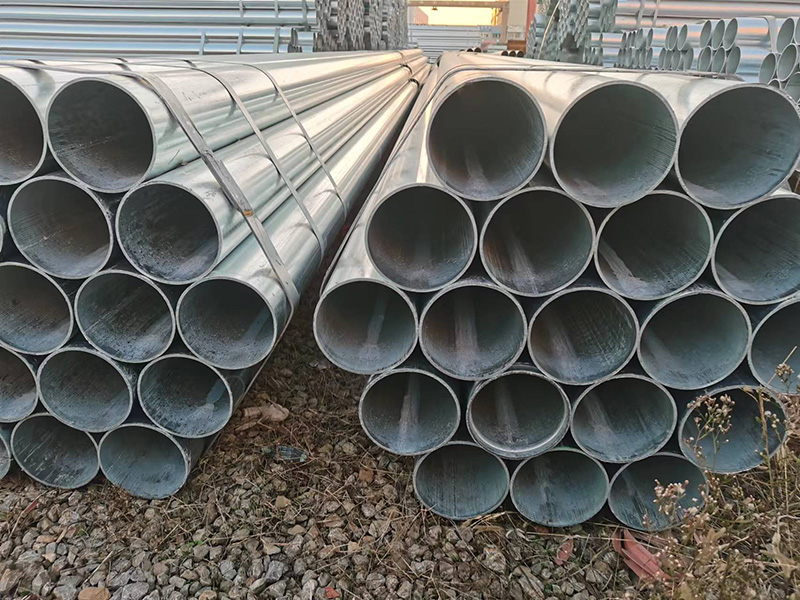
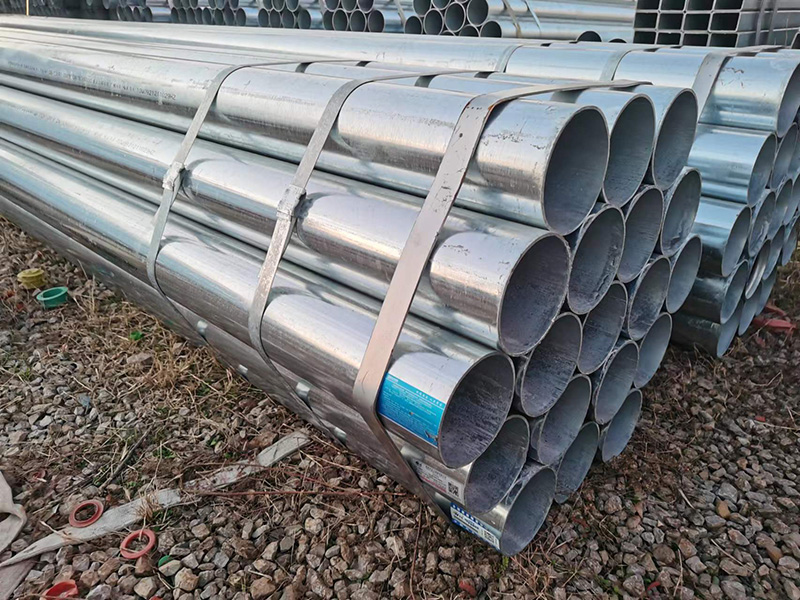
There are so many varieties of steel pipe, when choosing, consider the welded or seamless nature of the pipe, so let's take a look. The difference between seamless pipe and welded pipe
Manufacturing: Pipe is seamless when it is rolled from a sheet of metal into a seamless shape. This means there are no gaps or seams in the pipes. Easier to maintain than welded pipes as there are no leaks or corrosion at the joints.
Welded pipes consist of many components that are welded together to form a composite. They are more flexible than seamless pipes because their edges are not welded, but they are still prone to leaks and rust if the seams are not sealed properly.
Features: By extruding the pipe using a die, the pipe will become an elongated shape with no gaps or seams. Therefore, welded pipes with seams are stronger than extruded pipes.
Welding involves the use of heat and filler material to join two pieces of metal together. Due to this corrosion process, the metal may become brittle or weaken over time.
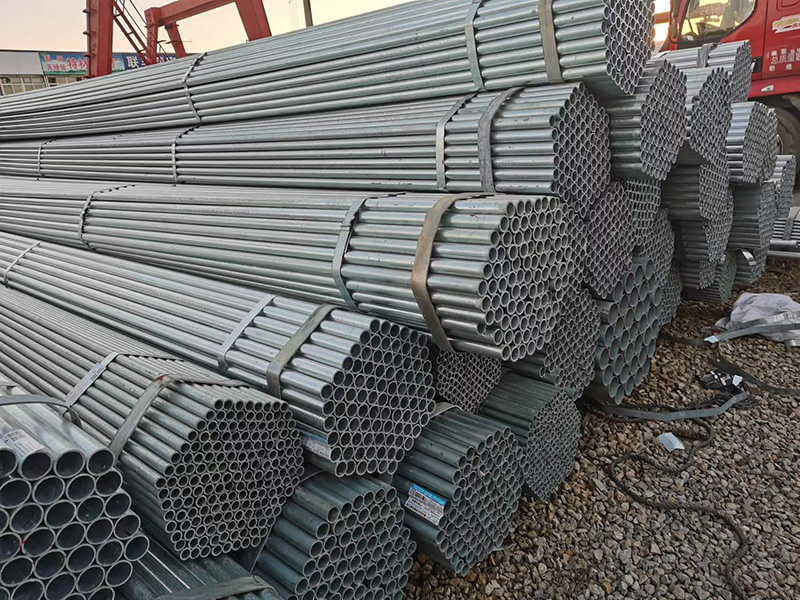
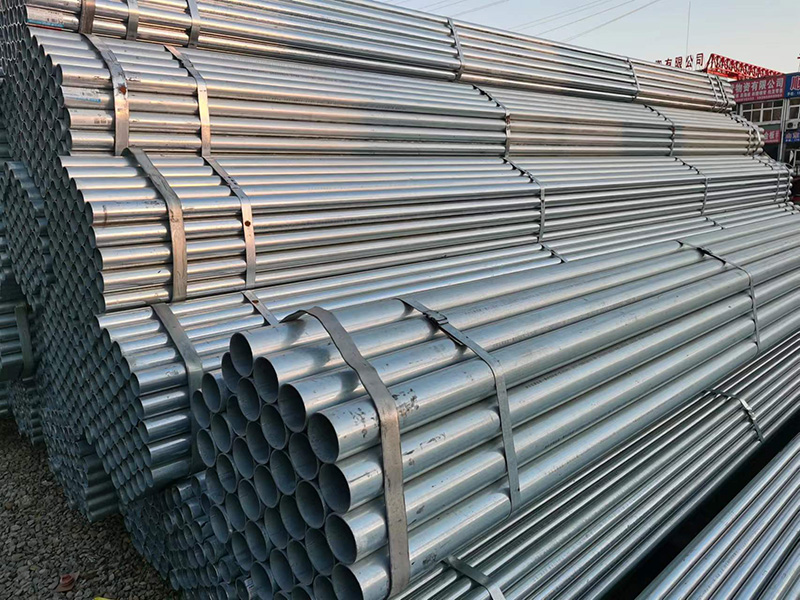
Strength: The strength of seamless pipe is usually enhanced by its thick walls. The working pressure of welded pipe is 20% lower than that of seamless pipe and must be properly tested before use to ensure that there will be no failures. However, seamless pipes are always shorter in length than welded pipes because seamless pipes are more difficult to manufacture. These pipes are usually heavier than welded pipes. The walls of seamless pipes are not always uniform as they have tighter tolerances and constant thickness.
Application: Steel pipes and seamless steel pipes have many advantages and advantages. Seamless steel pipes have unique properties such as uniform weight distribution, high temperature and pressure resistance. These projects can be used in a variety of industries such as industrial sites, hydraulic systems, nuclear power plants, water treatment plants, diagnostic equipment, oil and energy pipelines, and more.
In terms of price, welded pipe is more affordable and can be manufactured in a variety of sizes and forms. Many industries have benefited, including construction, aviation, food and beverage manufacturing, automotive manufacturing and engineering.
Generally, seamless or welded piping should be selected based on application requirements. For example, seamless piping is great if you want flexibility and easy maintenance in high volumes. Welded pipes are ideal for those who need to handle large volumes of fluids under high pressure.
Post time: Nov-08-2022